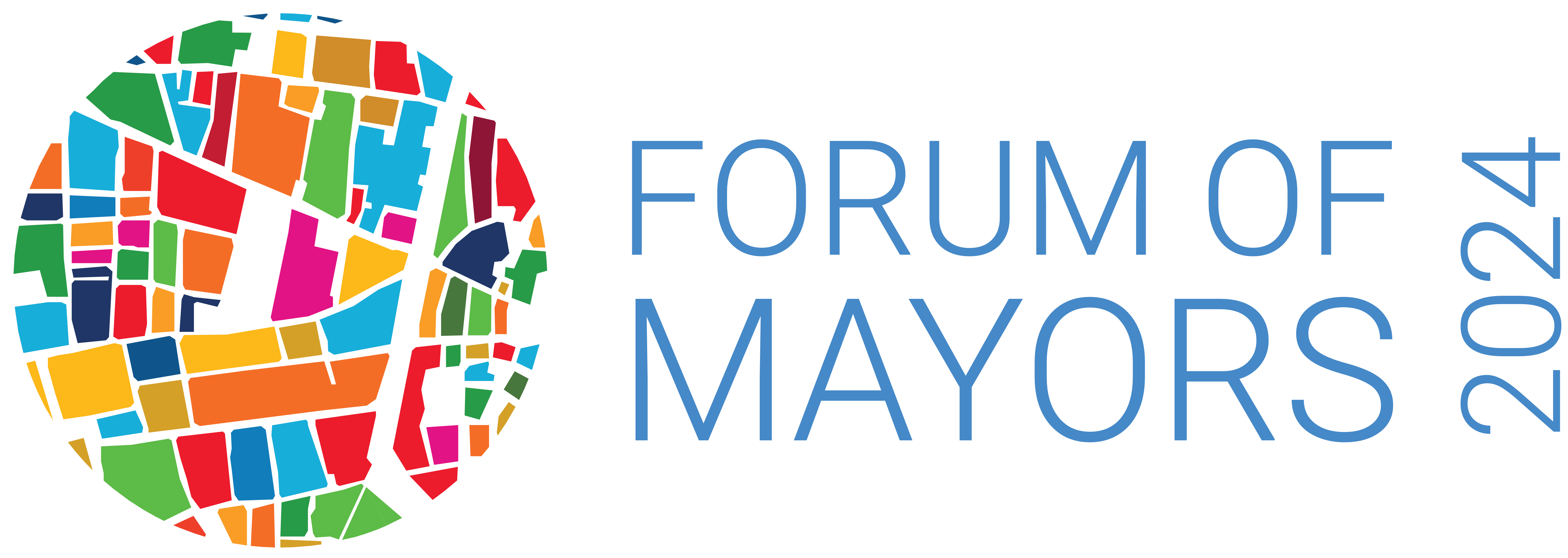In the years to come, climate change is going to become an increasingly pressing challenge for cities. Urban settings are on average 5°C hotter than their surroundings. This "urban island effect" poses a threat to populations during heatwaves. Fortunately, cities can act quickly to protect their residents.
"Cooling islands" in Budapest
To face the consequences of climate change, Budapest has installed temporary "cooling islands". Designed to protect the most vulnerable, they bring shade to frequently used public spaces with:
- colorful plants to create shade
- benches to rest
- white pavement to avoid heat absorption
- pavement hosed by cleaning vehicles
Moreover, the city has decided to bring drinking water to its residents. It has installed fountains to populated areas to provide the people with fresh water.
"Climate shelters" in Barcelona
Barcelona took another approach to deal with heatwaves: "climate shelters". Situated both indoor and outdoor, they are accessible to all residents and scattered all around the city. People can go there to enjoy both services and thermal comfort.
Moreover, the availability of open data on temperatures in the neighborhoods allowed the creation of the "Cool Walks App". It was developed for pedestrians to identify the walking routes with most shade.


